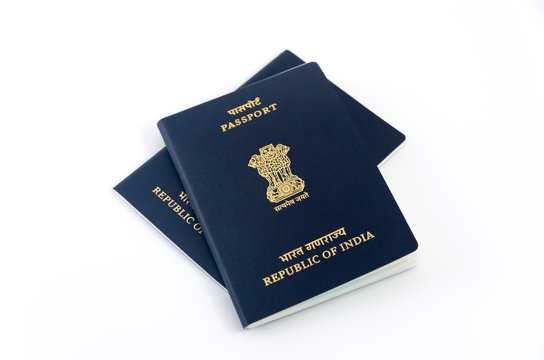
In 2025, India introduced a significant update to its passport system by implementing a colour-coded passport scheme aimed at improving security, streamlining identification, and enhancing international travel efficiency. This new system categorizes passports based on the holder’s role and status, making it easier for immigration authorities to quickly identify the type of traveler.
The New Colour-Coded Passport System
- Blue Passports: These remain the standard issue for ordinary Indian citizens. This colour is unchanged from previous passports and is used for general travel related to tourism, business, education, and personal visits abroad.
- White Passports: Issued exclusively to government representatives and officials, these passports help distinguish official government travel from ordinary citizen travel.
- Red Passports: Reserved for diplomats and ambassadors, this colour signals diplomatic status, facilitating smoother and expedited processing at international borders.
This classification not only aids immigration officials worldwide in recognizing the traveler’s status at a glance but also aligns India with global practices followed by over 120 countries that have adopted similar biometric and colour-coded passport systems.
Additional Key Changes Alongside the Colour Coding
- Introduction of Biometric ePassports: These passports are embedded with a Radio Frequency Identification (RFID) chip that securely stores biometric data such as fingerprints and facial recognition information. The chip is visible as a small gold symbol on the front cover and complies with International Civil Aviation Organization (ICAO) standards, enhancing security and reducing fraud14.
- Removal of Residential Address and Parents’ Names: To protect privacy, residential addresses and parents’ names are no longer printed in the passport booklet. Instead, the residential address is digitally embedded in a barcode on the last page, accessible only to authorized immigration officials, reducing risks of identity theft and misuse of personal data.
- Mandatory Birth Certificate for New Applicants: For individuals born on or after October 1, 2023, a government-issued birth certificate is now the sole accepted proof of date of birth when applying for a passport. Those born before this date can still submit alternative documents such as school certificates or PAN cards.
Impact and Benefits
The colour-coded passport system and associated updates are designed to:
- Expedite immigration and security checks by clearly distinguishing between ordinary citizens, government officials, and diplomats.
- Enhance the security of Indian passports through biometric technology and encryption.
- Protect personal data by minimizing physical printing of sensitive information.
- Improve the overall efficiency and user experience in passport issuance and international travel.
With the rollout of these changes, India is modernizing its passport system to meet international standards and safeguard the privacy and security of its citizens and officials.
Conclusion
India’s 2025 passport colour change rule marks a major step forward in passport technology and management. By introducing a colour-coded system alongside biometric ePassports and enhanced privacy measures, the government aims to streamline travel, bolster security, and protect personal information, ensuring a safer and more efficient experience for all Indian passport holders.



